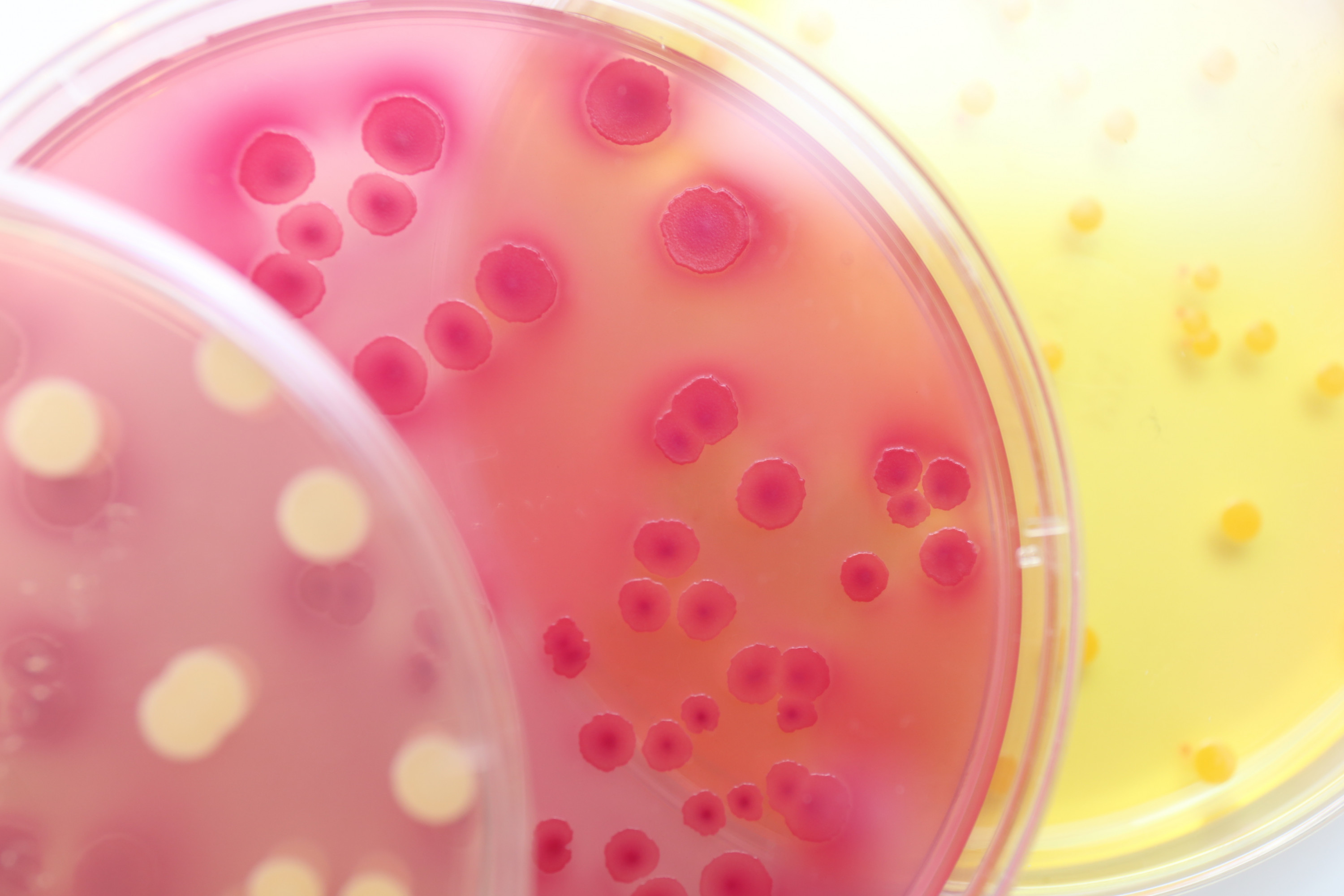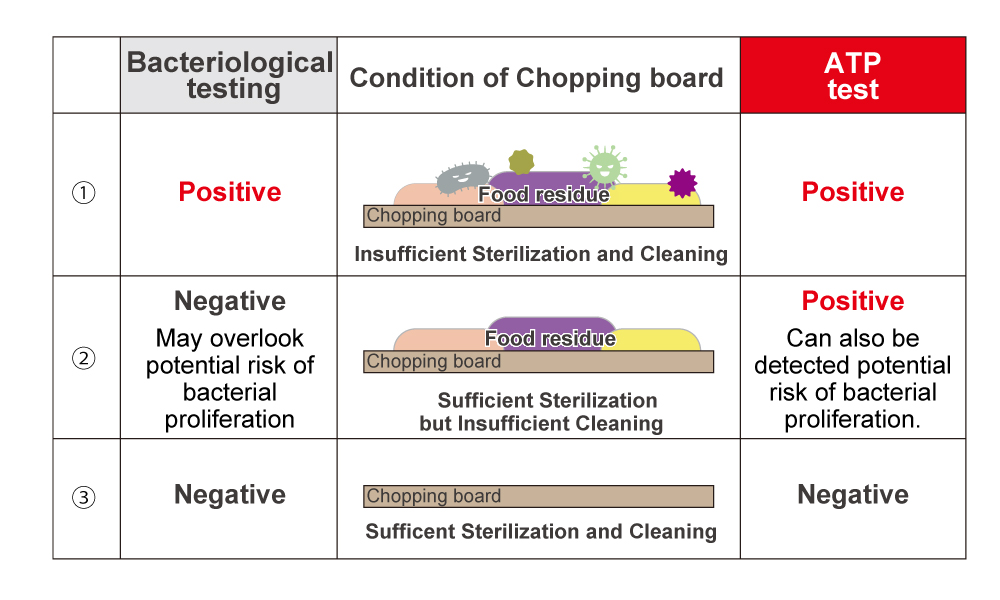Do you know how bacteriological testing and ATP Tests differ from each other?
- Bacteriological testing is a method of determining types of bacteria and measuring their counts.
- ATP Tests are inspection tools that uses ATP as an indicator of the presence of soil on surfaces.
Here we explain how these two methods differ, including measurement procedures, time to result, and the use of each of these types of tests to manage risk.
What is bacteriological testing?
Bacteriological testing is an inspection tool to determine the extent of bacterial contamination in food or on food manufacturing equipment or cookware. Samples for evaluation can be collected from either food and ingredients to screen for contamination, or from the plant environment to measure the effectiveness of cleaning and sanitation.
Quantifying the level of viable bacteria present and identifying if any of these are pathogens of concern – such as coliforms, E. coli, Salmonella, Listeria, Staphylococcus aureus or others, requires specific, laboratory-based test methods and sophisticated equipment to perform, and typically requires one to five days to obtain results.

What are ATP Tests?
ATP Tests, including the advanced ATP Test (Kikkoman A3), are rapid, onsite measurement tools that use ATP as an indicator of the presence of residual soil on surfaces to evaluate the effectiveness of cleaning. ATP is widely used in environmental inspections to confirm the cleaning and sanitation of food manufacturing equipment, cookware, high-touch surfaces, and medical devices.
Using an ATP test is easy. The ATP Test (Kikkoman A3), using the Lumitester instrument and LuciPac test swab, enables anyone to easily obtain results via a ten-second measurement. No special skills are needed to get the quantitative data you need to perform objective program management.
Differences in the risks that we can compare.
Differences in the results of bacteriological testing and ATP Test (Kikkoman A3) are explained here using cleaned chopping boards as examples.

①Chopping board doesn’t pass either bacteriological testing or the ATP Test!
Bacteria as well as food residues remain on the board. In this case, bacteriological testing shows the bacterial count. ATP Test (Kikkoman A3) also shows higher measurement values than the thresholds set by respective users. Thus, the board doesn’t pass either test.
②Focus on chopping board ! There are no bacteria, but food residues remain.
In this case, the board passes the bacteriological testing. However, ATP Test (Kikkoman A3) shows higher values than the thresholds, leading to a failed result. In addition, the remaining food residues reduce the sterilizing effect of alcohols and allow bacterial proliferation in a short time period, which is a hidden risk.
③Chopping board has no bacteria and no food residue.
This board is thoroughly cleaned, resulting in no bacterial count.ATP Test (Kikkoman A3) shows lower values than the thresholds, so the board passes both bacteriological testing and the ATP Test (Kikkoman A3).
As shown above, in addition to long waiting periods for results, bacteriological testing may miss conditions suitable for bacterial proliferation. ATP Test (Kikkoman A3) is an on-site cleaning evaluation tool to easily determine remaining soil derived from organic matter, as well as bacterial proliferation risks.
Let’s have clean conditions with no organic soil (bacteria and food residues) utilizing ATP Test (Kikkoman A3)!

